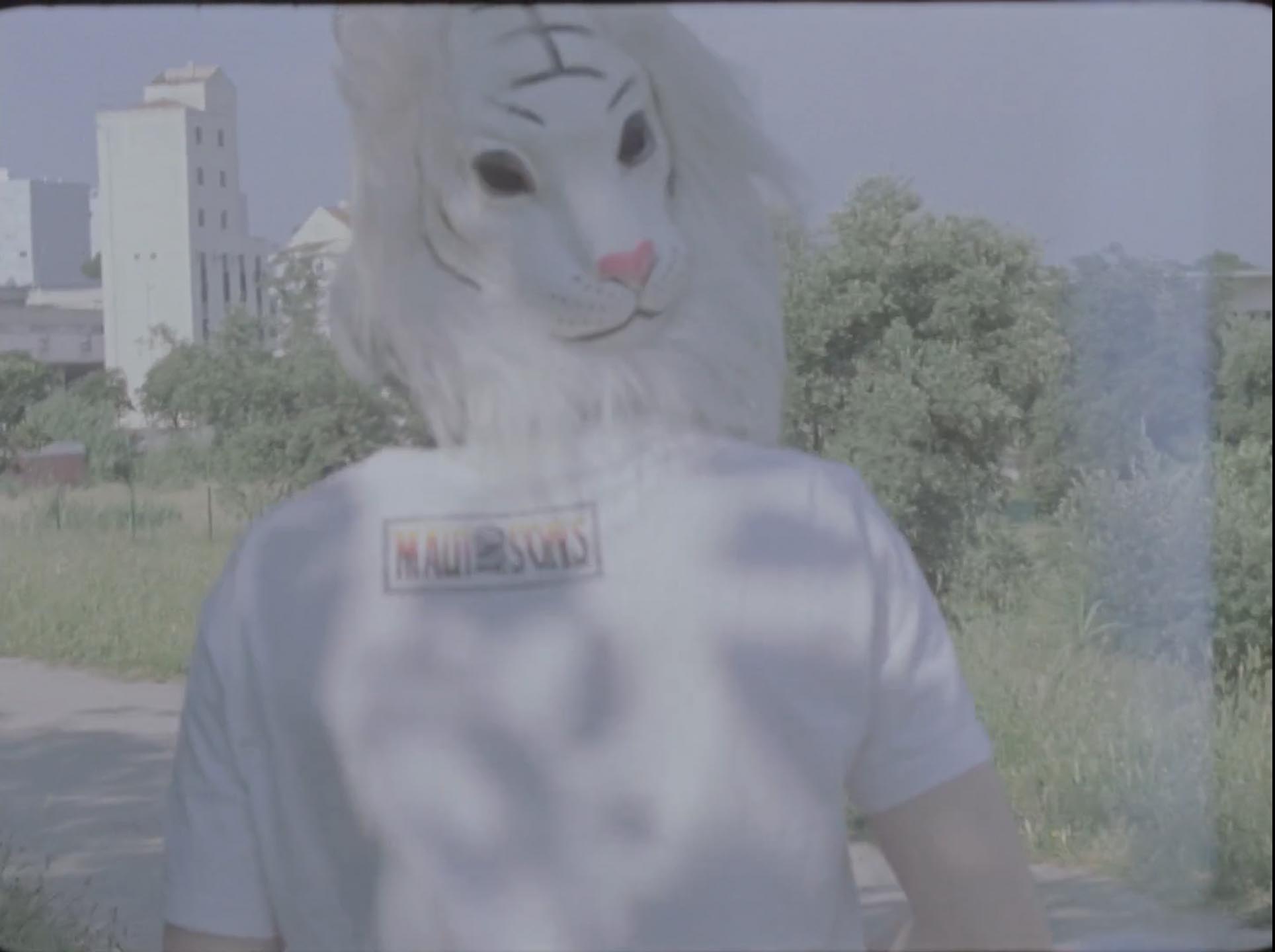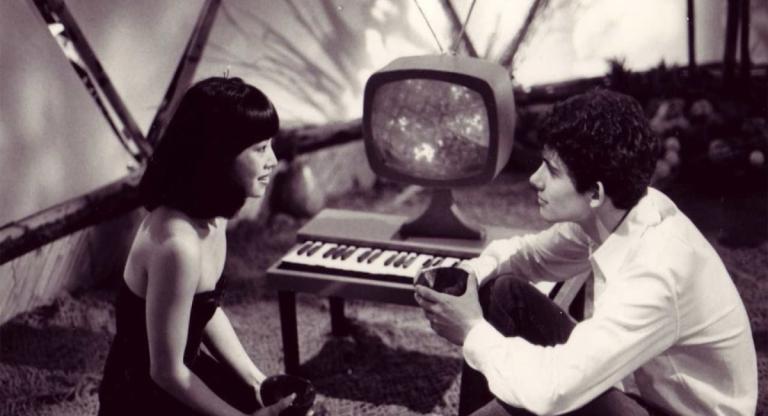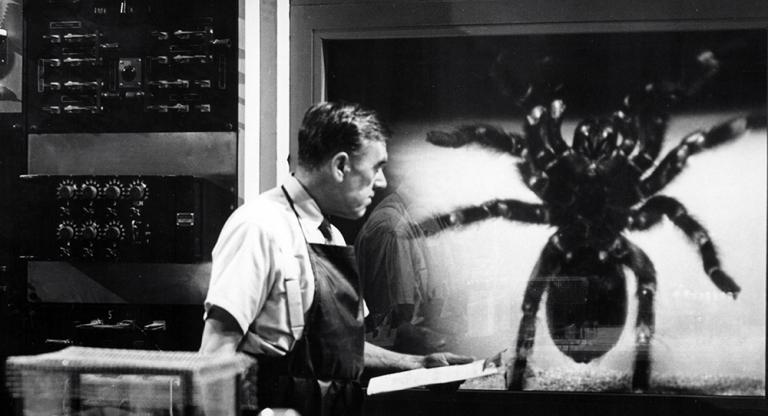Ana Vaz’s 13 Ways of Looking at a Blackbird (2020) is cinema at the limit of appearance. A motorway, a dog, a schoolyard: these concrete exempla appear in the film, but with a flightiness that suggests we not make too much of any one of them. The film is a recommendation to heed what is available not through observation but pedagogy.
Except pedagogy is too staid a description for Vaz’s project. A collaboration with students of Lisbon’s Descola (Unschool) program, 13 Ways of Looking at a Blackbird operates within the domain of students’ imagination, rather than the space of the Wallace Stevens poem they collectively read, or the emptied infrastructure of their pandemic-era school. Vaz’s camera attends to her students’ faces on a different timescale than that of the traditional classroom. Some of the students’ responses to the poem accompany the footage: “Can you cut landscapes?” and “I started not at the beginning but at the end.” But how do you shoot the groundless domain of a student’s imagination without its co-option into what Vaz has called the “instrument that has been responsible for all the disasters I’m addressing,” by which she means cinema? An effective critique of the film apparatus and its relationship to histories of colonialism, Vaz’s work suggests, must always risk the apparatus’s failure. This reminder is not only instructive as we encounter her cinema, but also the CCA Wattis Institute’s “Viaje a luna” exhibition on whose occasion the film screens on Wednesday.
If Diego Villalobos and Rodrigo Ortiz Monasterio’s current show at the Wattis takes its title from the Spanish poet Federico García Lorca’s unfinished film Viaje a la luna (A trip to the moon), 13 Ways of Looking at a Blackbird can almost convince us that Stevens’s poem was unfinished until its rearrangement in cinematic form. Lorca started work on Viaje a luna alongside the Mexican artist Emilio Amero while he was living in New York in 1929, but the project was never finished because Lorca was murdered by Spanish Nationalists in 1936 upon his return to Spain. Villalobos and Monasterio’s exhibition asks “What would the film have been like?” and answers this question via their curation of objects and images. Contemporary works by the likes of Nina Canell, Rosalind Nashashibi, and Danh Vo perform a spectral reconstruction of Lorca and Amero’s project along with artifacts from and works coeval with Viaje a la luna’s production process. The exhibition’s provocation also offers a useful analytic for Vaz’s film: the poem allegedly already “is”—Stevens wrote it over 100 years ago—but her students’ rewriting of it makes us feel as if it never was. “I would like to point to the real, disclose it, to make a poem that has no sound in it but the pointing of a finger,” wrote the poet Jack Spicer in After Lorca. To encounter Vaz’s work within the context of Viaje a la luna makes us wonder what it is about Lorca’s poetics that occasions the desire for a poem with “no sound” other than the pointing of a finger.
“Zombie humanity! Barbarous civilization!” writes one of Vaz’s students in a red marker with the distinct clarity of a student. Although the rising fascism of the early 20th century that Lorca lived through can be likened to that of the present, let us not be careless and instead note the historical specificity of this moment. Lorca, arriving in New York City to study at Columbia University in 1929, would today find the shell of an institution that has capitulated to a contemporary fascist program made possible by decades of near-total neoliberalization and the liberal order’s draconian repression of pro-Palestine activism. The role of a student, Vaz’s film and the Wattis exhibition wager, might be to turn from this barbarous civilization and correspond with the dead. All students, after all, are students of the dead whose words and memory sometimes come to us when we feel moved to speak. They come to us in silence, too.
13 Ways of Looking at a Blackbird screens alongside films by Mary Helena Clark and Peng Zuqiang on Wednesday at the Minnesota Street Project in conjunction with the CCA Wattis Institute’s exhibition Viaje a la luna.



